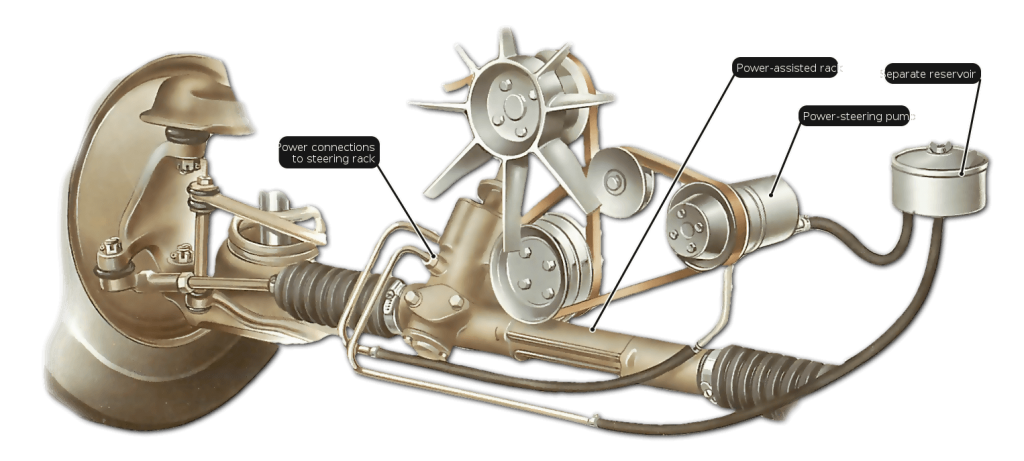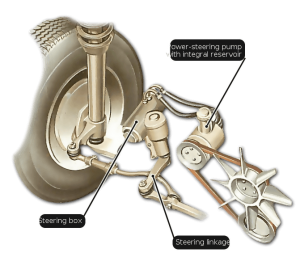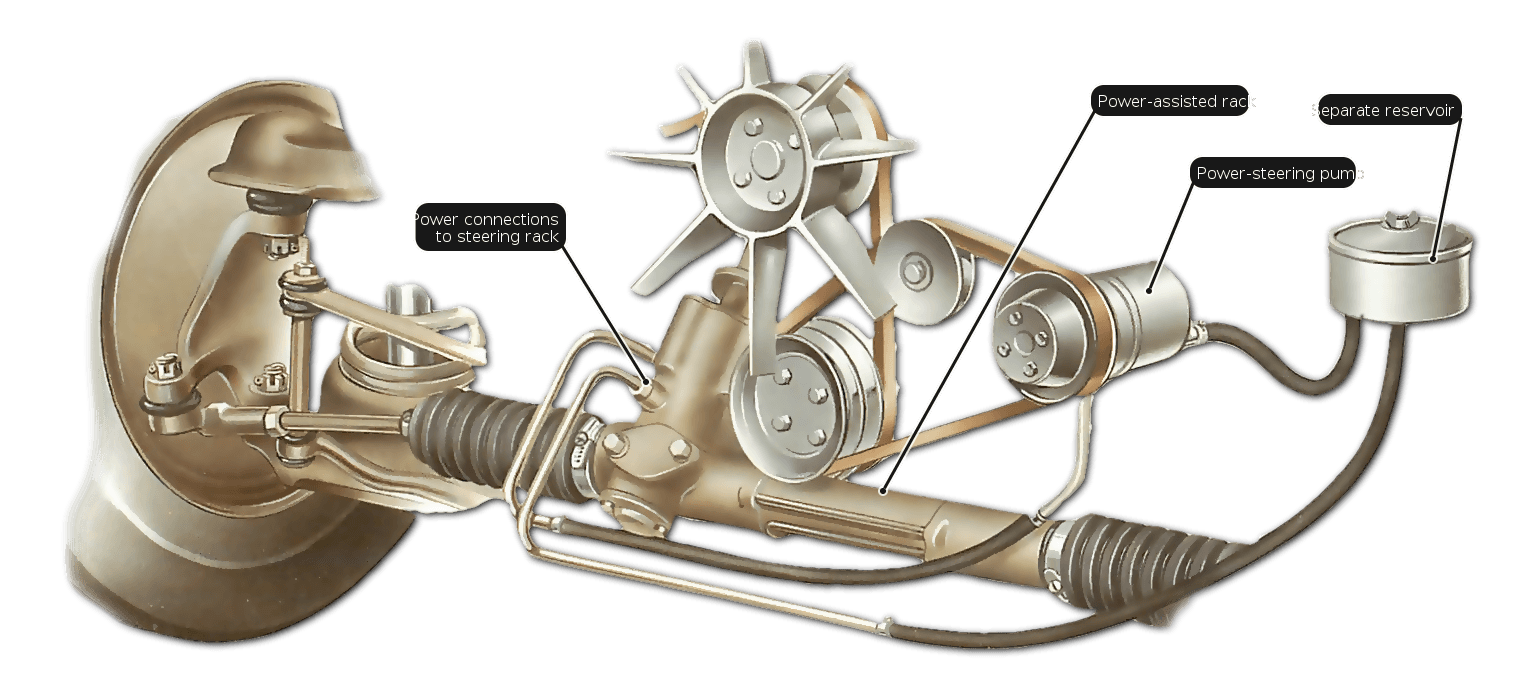How to checking power-assisted steering
Check the power steering system at least twice a year – if often recommended by the car manual, or if turning to beef jerky becomes heavy.

Thorough failure makes the steering wheel heavy and you can feel the effect through it with the engine off and the car stationary.
Check the fluid level in the reservoir if it is low and look for leaks. Leaks can cause air and liquid, so the system needs to bleed.

The reservoir may be located at the top of the pump, which is mounted on the engine and the crankshaft drives the belt. It may be independent and found it by tracking the hose pump.
There are usually two levels marked in the reservoir. The lower is when the liquid is cold, and the last one when it is hot. Read the level with the flat on the car; remember to replace the reservoir cap.
If the level is very low, it is possible to leak. Check all hose connections: they should be tight, but do not lower the hose ends. Check that the hose is not cracked, dead or irritated. Look for leaking fluid that sticks out of the sticky.
Check any rigid piping connected to the pump, reservoir rack (or steering box). Look for leaky pipeline unions and viscous fluid trajectories. If not immediately visible, clean the engine degreasing agent.
Assist to start the car and turn the steering wheel from the lock again when you are looking for a leak.
If you find a leaking joint, strengthen the reservoir. Usually, use the automatic transmission fluid, but check the car manual. The exhaust system eliminates air bubbles.
The drive belt may need to be adjusted or replaced (see Adjusting and replacing the power steering drive belt). Any more serious maintenance should be done by a garage.
Check the power steering fluid

The cap on a centre-spindle reservoir is held by a wingnut. The level marking is on the side of the reservoir

Make sure the car is standing on the ground. There may be hot and cold levels that mark the top of the inner reservoir.
If not, the highest possible level of circular filter plate mounted on the central shaft; see the car manual to find out whether this is hot or cold level.
Center-spindle reservoir, the entire lid is unscrewed.
Alternatively, there may be a test strip at the bottom of the cap. Put the cap, wipe the stick with a lint-free rag, screw it again completely and remove the reading level.
How to bleed power steering
and brake, neutral gear to keep the car; if an automatic car, put it in front of the park to start the engine.
Run the engine until the normal operating temperature is reached. Let it run idle.
Turn the steering wheel several times from the lock to heat the liquid. Turn off the engine.
Study the reservoir; if there is a bubble, there is air in the system. The top level of fluid heat and the replacement cap.
Raise the front of the car with the wheels off the ground. Turn the steering wheel three times from the lock.
Check the liquid level, if necessary, make up. Start the engine.
Slowly pull the wheel from the lock three times. Re-check the liquid level, if necessary, to fill. Note when you do this the actual level. Replace the reservoir cap and turn off.
Lower the car and restart the engine. Lock the steering wheel from the lock five times, then center accurately. Turn off and look at the reservoir.
There should be no bubbles or bubbles. The liquid level should not rise much.
If the liquid boils or rises, repeat the entire process from the beginning.
Finally, review the complete system leak. If there is still a problem, check the system by a garage.
